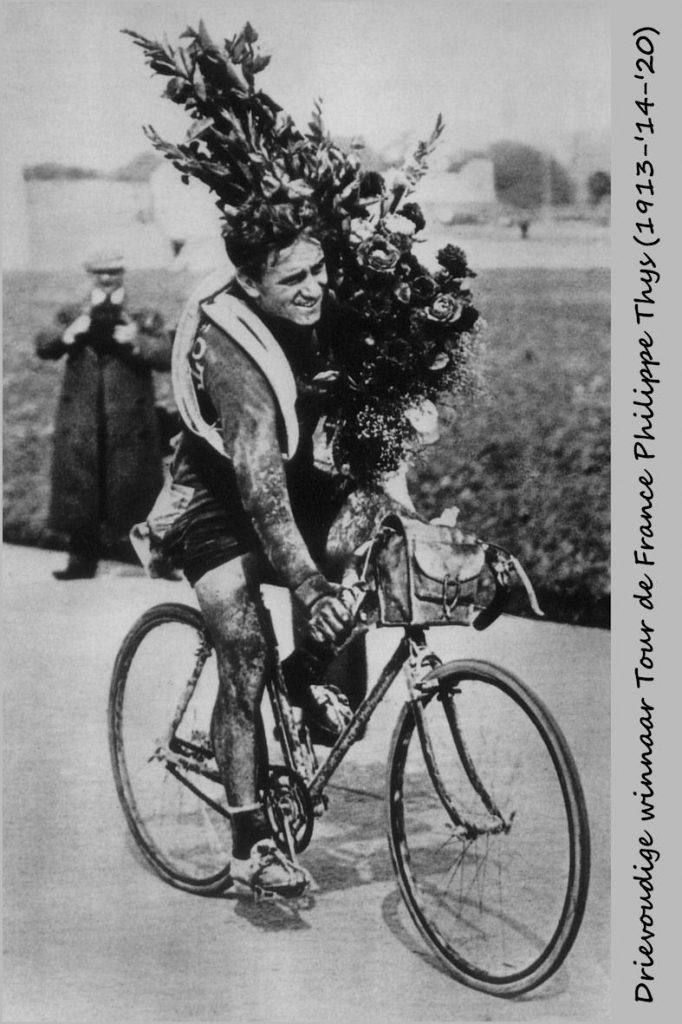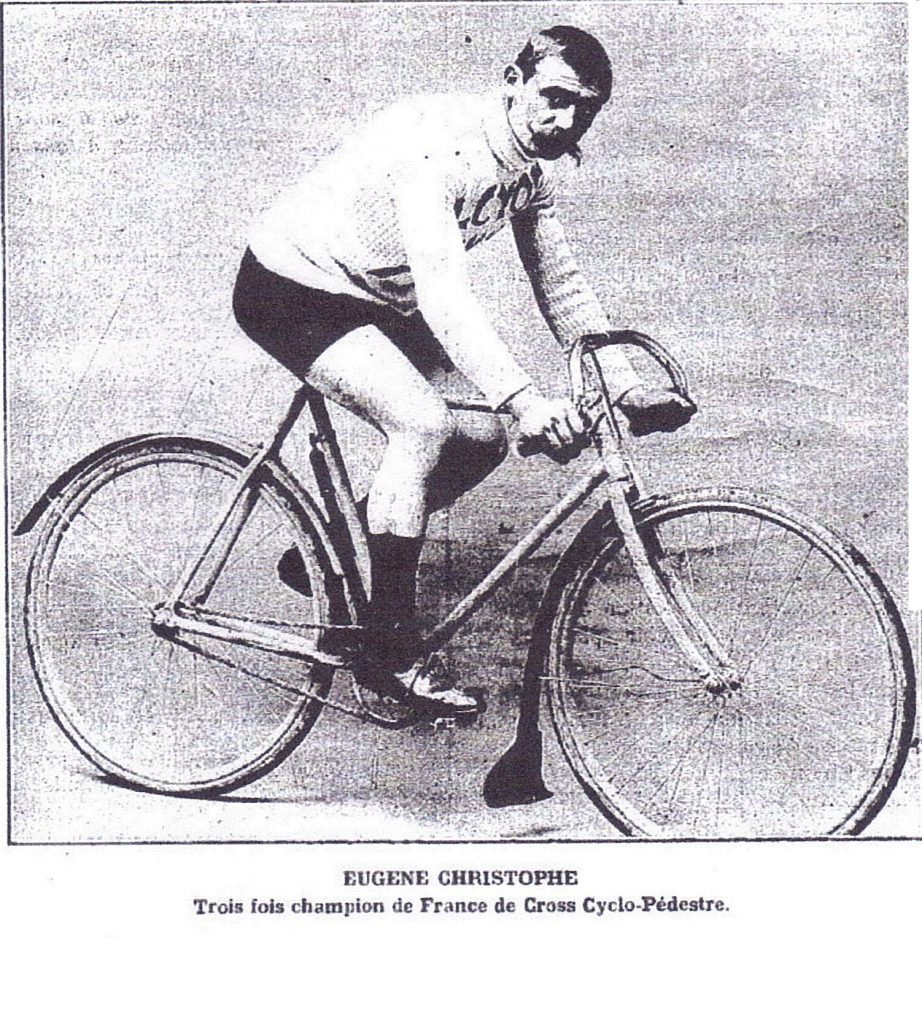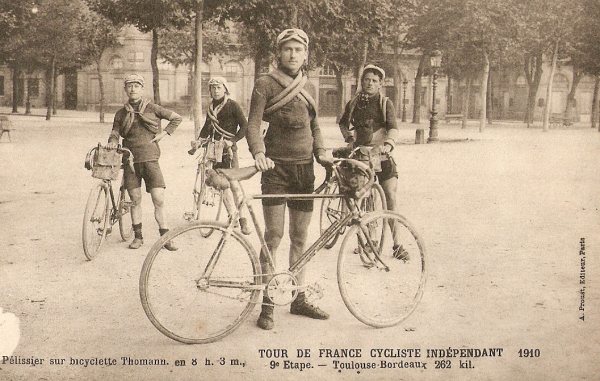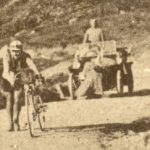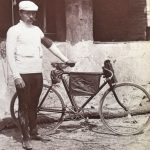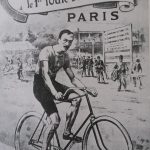1914 the second time Philippe Thys
The Belgian rider Philippe Thys wins his second Tour de Francewith great force majeure. However, things did not look so good when Thys breaks his fork during a stage and has to find a bicycle repair shop where he must repair it himself. However, he asks for help and therefore he is given an hour of punishment and risks to lose the Tour de France 1914.
But despite this loss of time, he still has 2 minutes left and wins his 2nd Tour de France.
There is also a novelty in this Tour: the number of the participant is now hung on the frame of the bicycle.
1919 the introduction of the yellow jersey
The outbreak of the 1st World War puts temporarily an end to the annual Tour de France. Only in 1919 the 13th edition starts and again it is a Belgian who is on the highest score, Firmin Lambot.
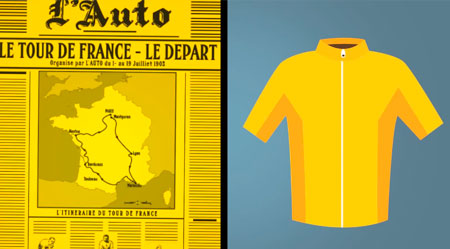 For this edition, only 69 riders were at the start and only 10 would reach the finish. This was due to the fact that many favorites were killed during the war and the majority of the participants had not been able to train well and therefore had to give up.
For this edition, only 69 riders were at the start and only 10 would reach the finish. This was due to the fact that many favorites were killed during the war and the majority of the participants had not been able to train well and therefore had to give up.
A new start and thus also a new idea that became the symbol of the Tour de France: the yellow jersey. Organizer Henri Desgrange had been thinking about this idea for a while but only introduced the jersey after the 10th stage at the insistence of the audience who complained that they could not recognize the leader in the rankings. However, the riders themselves were not happy with this idea because they could no longer attack anonymously.
The yellow color was chosen because of the sports newspaper l'Auto that was printed on yellow paper and was also the main sponsor of the Tour.
1920 again Philippe Thys
In 1920 Philippe Thys wins his 3rd Tour de France, the first to succeed in this venture. Due to his poor performance the year before, he was very motivated. He practically dominated the Tour from the beginning to the end.
Remarkable in this Tour is that the first 7 in the rankings were all Belgians, this had never been seen before.
The longest stage ever was also ridden in 1920, it was no less than 482 km long.
1922 again bad luck for Eugène Christophe
After bad luck in the Tour de France of 1913 and 1919 due to a break of his front fork, it looks like Christophe will finally win his 1st Tour de France, but in the 7th stage disaster struck again so he lost his yellow jersey and all the chances on the final victory disappeared.
The following editions of the Tour de France wouldn't be very successful for Eugène Christophe
At the end it was Firmin Lambot who won the Tour de France again after 3 years, despite the fact that he had not won a single stage. This had never happened before.
1924 the first doping story
After his victory in 1923, Henri Pélissier was again the big favorite, but it already went wrong from the 3rd stage. He was given a time penalty because he was wearing 2 jerseys which was contrary to the then (inhuman) regulations.
That is why Henri quit the Tour de France together with his 2 other brothers and subsequently complained to the journalists about the inhuman conditions. The brothers showed the pills they had to take to finish the Tour and immediately the first doping story was born. A journalist for the first time used the term cyclists are the forced laborers of the road.
The Tour de France 1924 was won by the Italian Ottavio Bottecchia who started making bicycles after his career. Nowadays a famous quality brand

